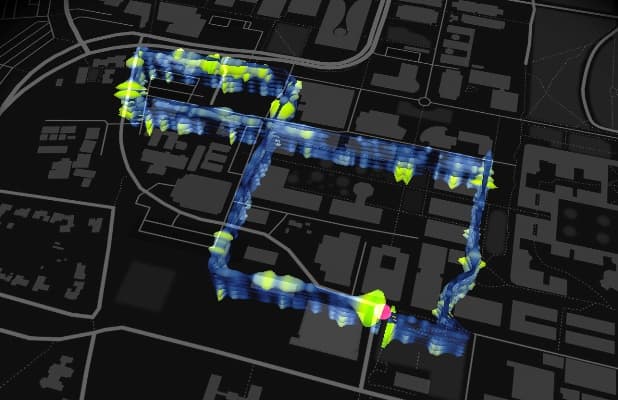Earthquake Monitoring With Help Of Fibre Optic Cables: A Stanford Research
Researchers at Stanford’s School of Earth, Energy and Environmental Sciences have successfully tested a mechanism which shall use fibre optic network to monitor seismic events. Yes, the same fibre optic network that is used to deliver internet across the country can be used to monitor earthquakes. Biondo Biondi, a professor at the aforementioned department at Standford has spent the last year recording seismic events with the help of the three mile loop of fibre optic network spread underneath the Stanford University campus.
The team at Stanford have teamed up with OptaSense, a company which provided critical hardware for this operation. OptaSense provided laser interrogators, which are instruments used to monitor seismic activity. The principle used to monitor fibre optic cables with laser interrogators is called distributed acoustic sensing (DAS). DAS was previously used and is still being used to monitor oil and gas pipelines. In case of DAS on fibre optic cables, the light passes through the fibre and the backscatter from various impurities in the glass is observed continuously. If any physical force such as strain from any seismic activity stretches the cable then the backscatter changes and these changes can be logged in the system.

Previous efforts with DAS required optical fibres to be encased in cement which was not only time consuming but expensive as well. In Biondi’s research the optical fibres were allowed to remain free floating like they always do when telecom companies lay their network. The fibre optic seismic observatory as Biondi likes to call it has been in operation since September of last year and it has managed to successfully record over 800 seismic events both minor and major. The fibre optic seismic observatory can also record the intensity of earthquakes because different intensity earthquakes result in different patterns and waveforms in the fibre optic network. This observatory can also serve as an earthquake warning system because it can distinguish between P and S waves. Normally P waves arrive earlier than S waves which are more damaging.
Biondi believes that his three mile network can be scaled larger. He points to the San Francisco Bay area where the current fibre optic setup can be used to setup a rather inexpensive earthquake monitoring system. He calculates that for every meter of optical fibre you have to invest about a dollar and this is much less expensive than installing conventional seismometers over a large area.
Source: <a href="https://news.stanford.edu/press-releases/2017/10/19/building-billionr-optical-fibers/" target="_blank" rel="nofollow noopener noreferrer">news.stanford.edu</a> via #-Link-Snipped-#
The team at Stanford have teamed up with OptaSense, a company which provided critical hardware for this operation. OptaSense provided laser interrogators, which are instruments used to monitor seismic activity. The principle used to monitor fibre optic cables with laser interrogators is called distributed acoustic sensing (DAS). DAS was previously used and is still being used to monitor oil and gas pipelines. In case of DAS on fibre optic cables, the light passes through the fibre and the backscatter from various impurities in the glass is observed continuously. If any physical force such as strain from any seismic activity stretches the cable then the backscatter changes and these changes can be logged in the system.

Previous efforts with DAS required optical fibres to be encased in cement which was not only time consuming but expensive as well. In Biondi’s research the optical fibres were allowed to remain free floating like they always do when telecom companies lay their network. The fibre optic seismic observatory as Biondi likes to call it has been in operation since September of last year and it has managed to successfully record over 800 seismic events both minor and major. The fibre optic seismic observatory can also record the intensity of earthquakes because different intensity earthquakes result in different patterns and waveforms in the fibre optic network. This observatory can also serve as an earthquake warning system because it can distinguish between P and S waves. Normally P waves arrive earlier than S waves which are more damaging.
Biondi believes that his three mile network can be scaled larger. He points to the San Francisco Bay area where the current fibre optic setup can be used to setup a rather inexpensive earthquake monitoring system. He calculates that for every meter of optical fibre you have to invest about a dollar and this is much less expensive than installing conventional seismometers over a large area.
Source: <a href="https://news.stanford.edu/press-releases/2017/10/19/building-billionr-optical-fibers/" target="_blank" rel="nofollow noopener noreferrer">news.stanford.edu</a> via #-Link-Snipped-#
0
